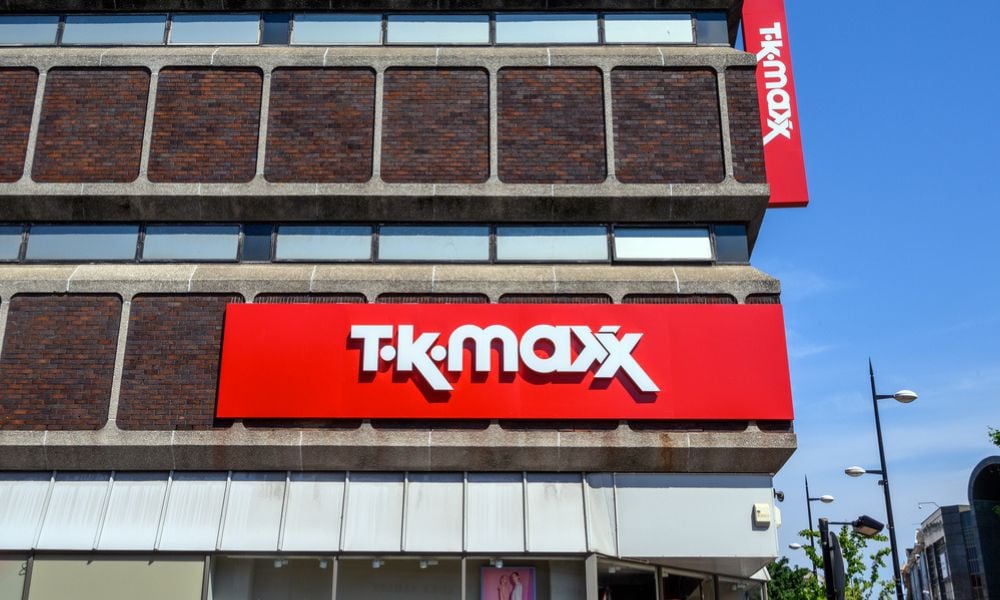Instead of being a one-off or occasional manager-led task, Jeremy Salter, employee engagement lead at Grass Roots, recommends that recognition be woven into the everyday flow of work
.jpg)
Instead of being a one-off or occasional manager-led task, Jeremy Salter, employee engagement lead at Grass Roots, recommends that recognition be woven into the everyday flow of work
- What is recognition in the flow of work?
Ultimately, it is the way employee recognition should be delivered. It is about allowing recognition to happen where the work gets done.
Where work gets done has changed. Most organisations now use anywhere between 10 and 16 different software systems to run their business, and online employees spend at least 30 hours of their work week on their email and other collaboration tools.
For most employees, recognition does not happen in the flow of work – it interrupts it. We want to make it easier for employees to recognise and be recognised, regardless of the work they do or the technology they use.
Open APIs [application programming interfaces] make this possible. An API is essentially a way for two different software systems to communicate with each other via predefined, well-understood and agreed-upon standards.
We have built an open recognition API that allows us to connect our award-winning recognition and reward platform with any workplace application. Recognition can now also be delivered via the workplace systems employees already use.
- Can you provide some examples of what recognition in the flow of work looks like?
For some of our clients, recognising in the flow of work is about sending and receiving recognitions via Workday, SuccessFactors, SharePoint, Yammer, Tibbr and Jive. For others, it is about ways we can integrate our recognition and reward platform with point-of-sale terminals so that customer feedback can also be captured in the flow of work. For an increasing number of clients, recognising in the flow of work is more than giving employees the ability to recognise from any workplace application. It is also about using any workplace application to automatically recognise an employee’s achievements.
As an example, when an employee successfully completes an online learning course delivered by a learning management system such as Cornerstone or Saba, we can automatically trigger a recognition that makes their learning achievement visible to their manager and peers.
The public recognition of learning achievements improves learning participation and outcomes. The same principles are being successfully applied to improve the performance of employee referral, wellbeing and innovation programs and applications.
- What do you see as the future of the recognition program?
The future of the recognition program is bright. Recognition remains a key driver of engagement. Allowing recognition to happen in the flow of work will keep it relevant for new generations of employees, regardless of their role, working environment or workplace technology.
It will also increase the scope of recognition. Integrating recognition into the way people work will allow it to improve the performance of other employee programs, systems and initiatives. In turn, this will also increase the amount of data that employee recognition programs collect.

Employee engagement lead
GRASS ROOTS








